Tempered Glass
skurkul
17 years ago
Related Stories
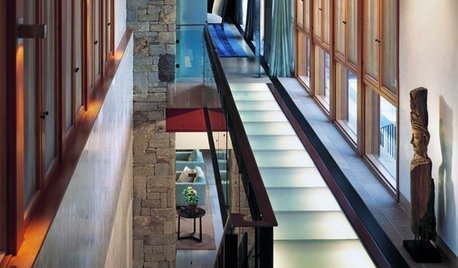
FLOORSLighten Up With Glass Floors
To spread the light, visually connect floors or infuse a space with drama, glass floors are a clear top choice
Full Story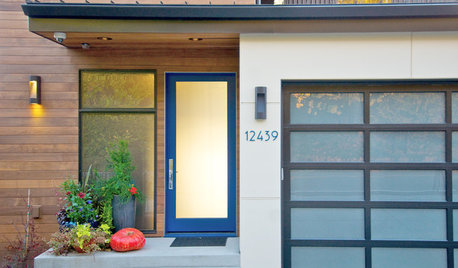
ENTRYWAYSGlass Doors That Welcome — and Protect Your Privacy Too
These front-door designs let in the light but keep your air-guitar performances safely in-house
Full Story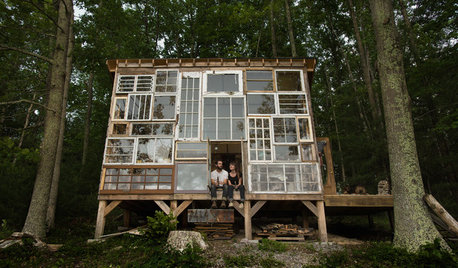
OUTBUILDINGSThe Glass-Walled Cabin That Romance Built
Envisioning sunsets and starry skies, newlywed artists construct a 1-room retreat on a family farm
Full Story
KITCHEN DESIGNChoose Your Kitchen Cabinet Glass
Textured? Frosted? Seeded? Find the cabinet glass style that will set off your kitchen to its best advantage
Full Story
STAIRWAYSClear Staircases — They're a Real Glass Act
If you're flush with funds, you can have a ball with crystal on your stairs. The rest of us can just marvel from afar
Full Story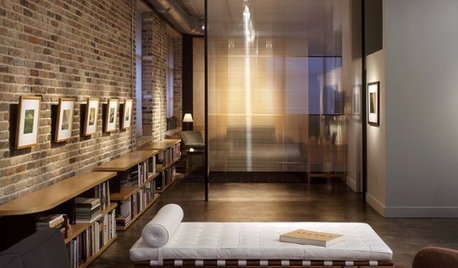
MATERIALSMaterials Workshop: Polycarbonate — a Low-Cost Alternative to Glass
Looking for something lighter, stronger and less expensive than glass? Multiwall polycarbonate may be a good option
Full Story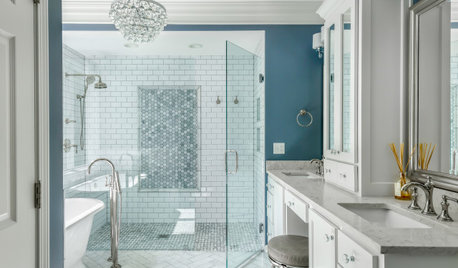
HOUSEKEEPINGHow to Clean a Glass Shower Door
See which tools and methods will keep those glass shower walls and doors sparkling clean
Full Story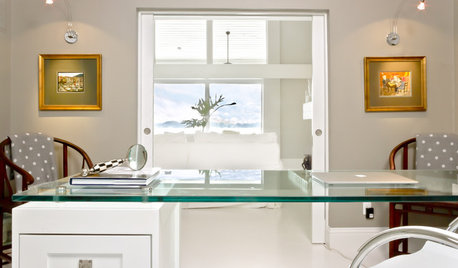
DESIGN DICTIONARYSafety Glass
If you need glass that will shatter safely for windows, doors and more, look to highly engineered safety glass
Full Story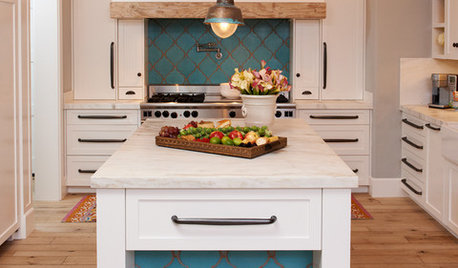
KITCHEN DESIGN10 Gorgeous Backsplash Alternatives to Subway Tile
Artistic installations, back-painted glass and pivoting windows prove there are backsplash possibilities beyond the platform
Full Story





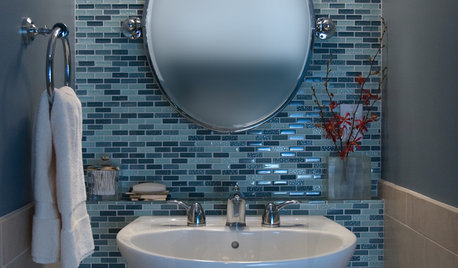

calbay03
oberon476
Related Professionals
Brookfield Window Contractors · Sacramento Window Contractors · Sherman Oaks Window Contractors · Conyers Window Contractors · Emeryville Window Contractors · Washington Window Contractors · Makakilo General Contractors · Medway General Contractors · North Highlands General Contractors · Panama City General Contractors · Walnut Park General Contractors · Bedford Carpenters · Centreville Carpenters · Salisbury Carpenters · Wrentham CarpentersskurkulOriginal Author
mike35
oberon476